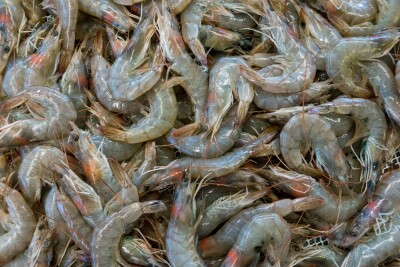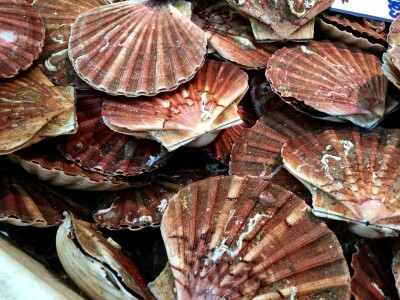Hagfish is the real name for what is commonly called slime eels and it could become a viable fishery with ready markets standing by.
Little is known about hagfish in Alaska, although they are commonly caught elsewhere in the U.S. and abroad. In Oregon, for example, a fleet of 15 to 20 boats catches up to two million pounds each year in customized five gallon buckets or large barrels and pay fishermen up to $1.25 a pound.
Now, two Alaska biologists are testing the waters for a fishery with longliner in Southeast who were given a special permit to catch 60,000 pounds of hagfish for their studies.
“It’s commonly seen as a pest,” said Andrew Olson, a biologist with the Alaska Department of Fish and Game in Douglas. “In longline fisheries for sablefish, they often leave slime blobs on the hooks and strip bait, and they get into shrimp pots as well.”
Olsen is in the second year of a hagfish study with fellow researcher Aaron Baldwin. Their goal is to “keep the science ahead of any fishery to make sure it is sustainable” by learning more about the unique species.
“We are looking at basic biology such as length, weight and egg counts in females. We can’t yet age the fish and they don’t thrive well in captivity. We are really starting from scratch,” said Olson.
Reproduction and spawning have never been witnessed or documented, and biologists don’t know where or when hagfish do so.
“We’ve seen eggs, and juveniles, but nothing in between,” said Baldwin. “No one has ever seen a baby hagfish.”
A single foot and a half inch, nine-ounce hagfish can fill a bucket with slime in seconds from 100 glands alongside its body.
“It’s extruded and looks like a white latex liquid that comes out when it’s dry and it expands when it hits seawater. The slime molecules will entrap water molecules and it is an amazing substance,” he said.
The slime has several functions — it suffocates predators, helps hunt prey by forcing them out of burrows and it lubricates entry into fish through the anus.
“It has digestive enzymes so when you open up a sablefish, for example, it is literally bones, hagfish slime and a few hagfish inside the fish. They start with the internal organs and eat every bit of flesh that’s in there,” Baldwin explained.
Most slime, as with slugs, is just mucus, he said and doesn’t have the capability of absorbing water molecules and expanding.
“Hagfish produce a very unique substance. It is definitely one of a kind,” Baldwin added.
Studies by the U.S. Navy and other researchers has shown that the chemical makeup of hagfish slime is stronger than spider silk.
“Because of its qualities there are lots of efforts to make synthetic duplicates or bioengineer bacteria to produce the slime for industrial purposes,” Baldwin said. “The US navy is using synthetic hagfish slime to produce a substance that is lighter and stronger than Kevlar. The slime also shows potential as an anti-foulant for ship hulls. And medical research has shown that hagfish slime heals burns quickly and may be used as microfibers for cell repair.”
A well-established market for hagfish is Korea where the meat is a barbecue and stir fry favorite and the skin is sold as “eel skin leather” products.
“It’s been a fun project to work on,” Baldwin said. “We get to work with fishermen on developing a fishery and it’s a species we haven’t paid much attention to so everything we are learning is really new to us.”
If Alaska fishermen encounter hagfish in waters outside of Southeast, Olson and Baldwin would like to know about it.
Learn more about hagfish at Alaska Fish and Wildlife News where you also can see videos of commercial hagfish fishing aboard the Viking Sunrise and a biologist handling hagfish slime.







